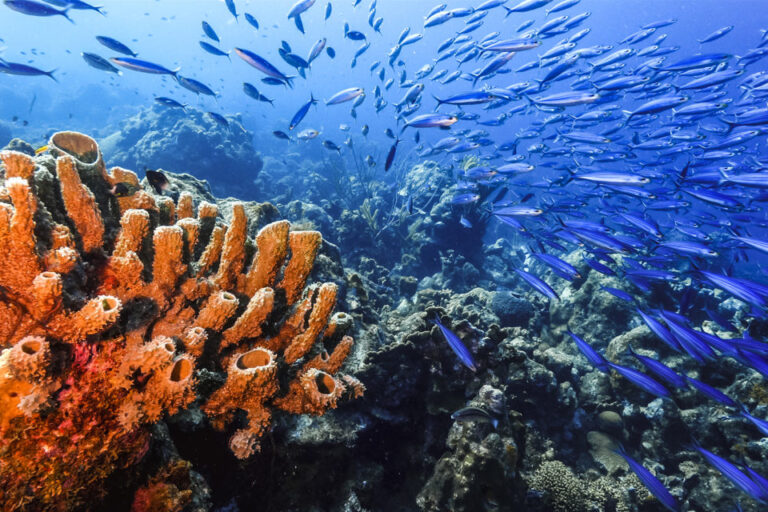A Stanford University study of fossils has found that the diversity of life in the world’s oceans declined frequently over the past 145 million years during periods of extreme warming.
According to the study, the research adds to evidence that the ocean temperatures projected to result if global warming is left unchecked in the coming centuries would kill off many species of marine animals and shift most survivors away from the equator.
“What’s important about our study is it shows not only are you having a loss of diversity when ocean temperatures rise but that pattern is maintained over millions of years,” said geologist Thomas Boag, who co-authored the study with William Gearty and Richard Stockey, while all three were PhD students at Stanford University’s School of Earth, Energy & Environmental Sciences (Stanford Earth).
The study, which was published in Current Biology, found evidence for that pattern in fossil records for marine mollusks going back to the Early Cretaceous, around the time when the first flowering plants appeared and the Rocky Mountains began to rise. They used geochemical data as a proxy for past temperature.
“There are some elements and molecules that can record the temperature of different places on Earth at a given time, and then they get preserved in the rock record,” explained Gearty, who is now a postdoctoral scholar at the University of Nebraska, Lincoln. “Measures of those molecules tell us roughly what the temperature was at the time and place on Earth where the rock was formed,” he added.
In colder periods with temperatures akin to those in the modern era, diversity tends to peak at low latitudes. During hot periods such as the Early Eocene or Late Paleocene, when average annual temperatures climbed past 27°C (80°F), the researchers found biodiversity peaks at much higher latitudes and steeply declines near the equator.
The team used this data to develop a numerical model of the relationships between ocean surface temperature and biodiversity of cold-blooded marine animals, including mollusks. The team then applied principles of thermodynamics and physiology to explain that relationship.
The results suggest ocean biodiversity increases exponentially with sea surface temperature up to about 20-25°C (68-77°F). Beyond that threshold, biodiversity drops off due to the limits of aerobic metabolism. As temperatures rise, water’s oxygen content falls, while animals’ need for oxygen grows.



